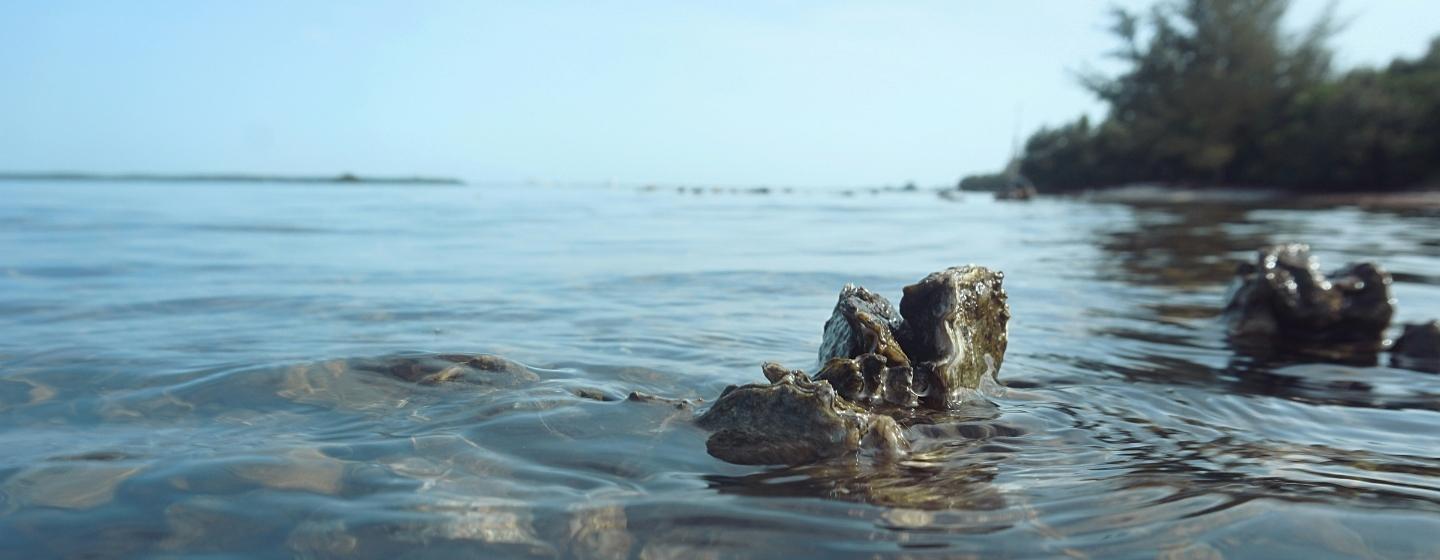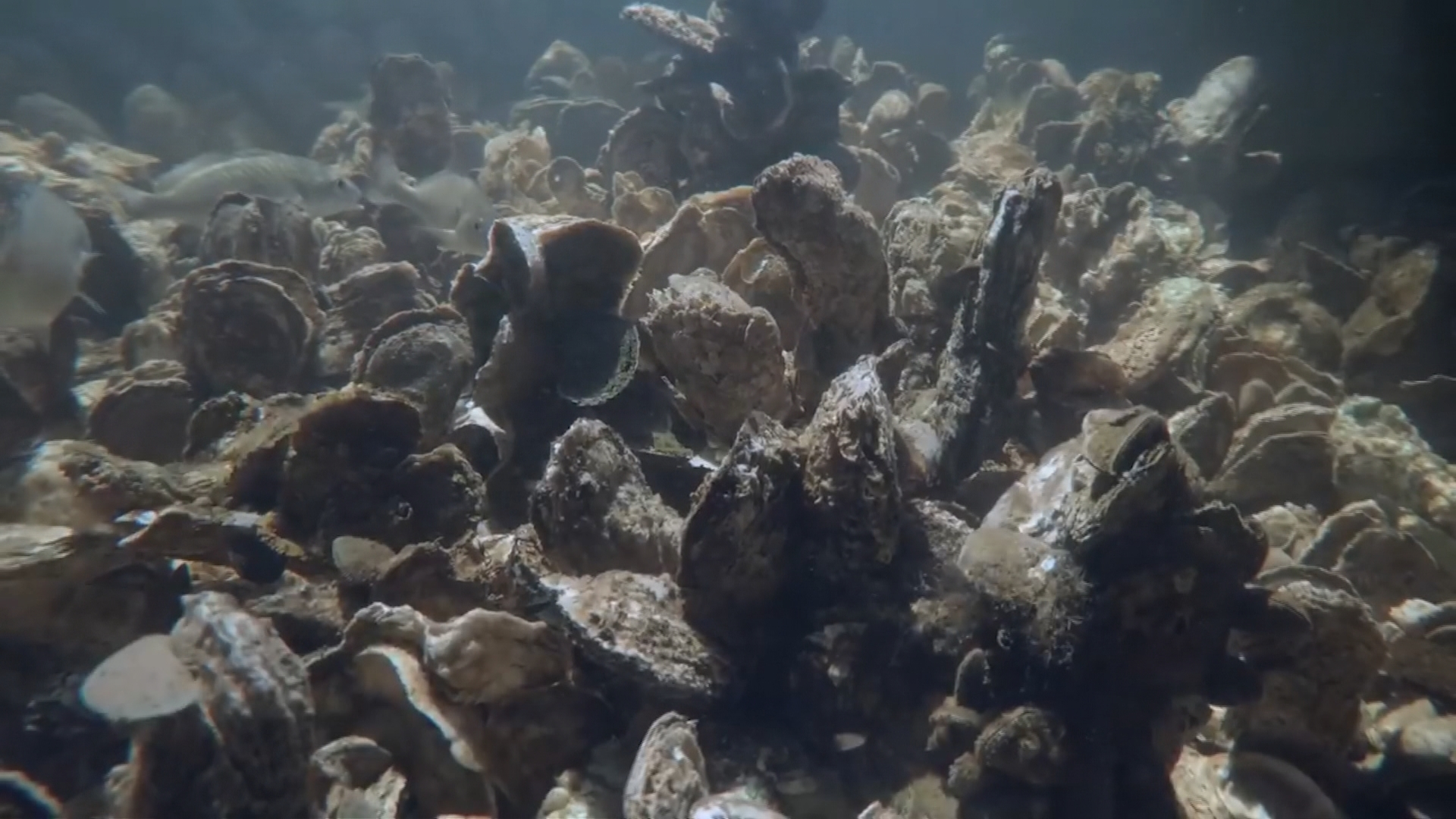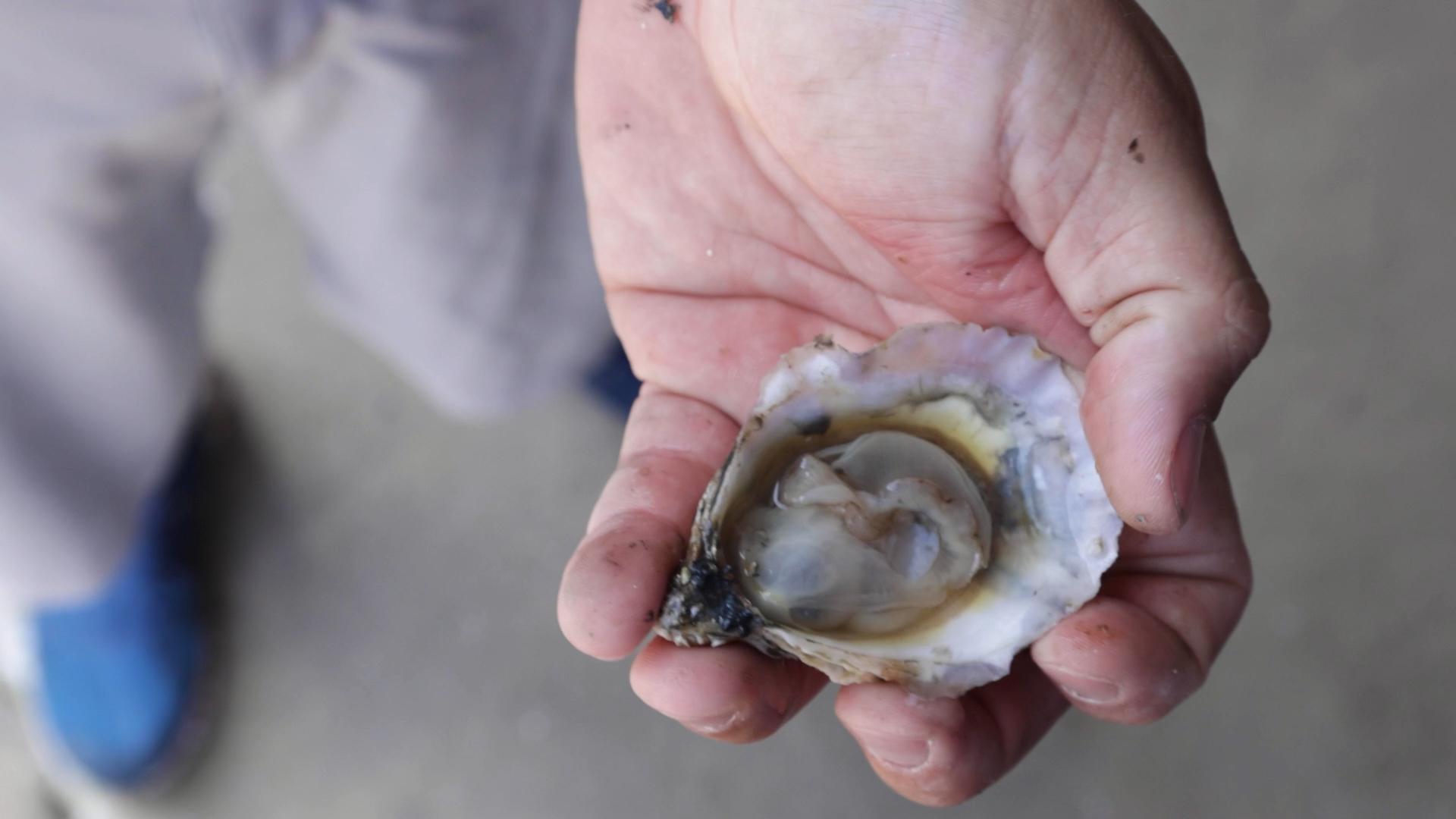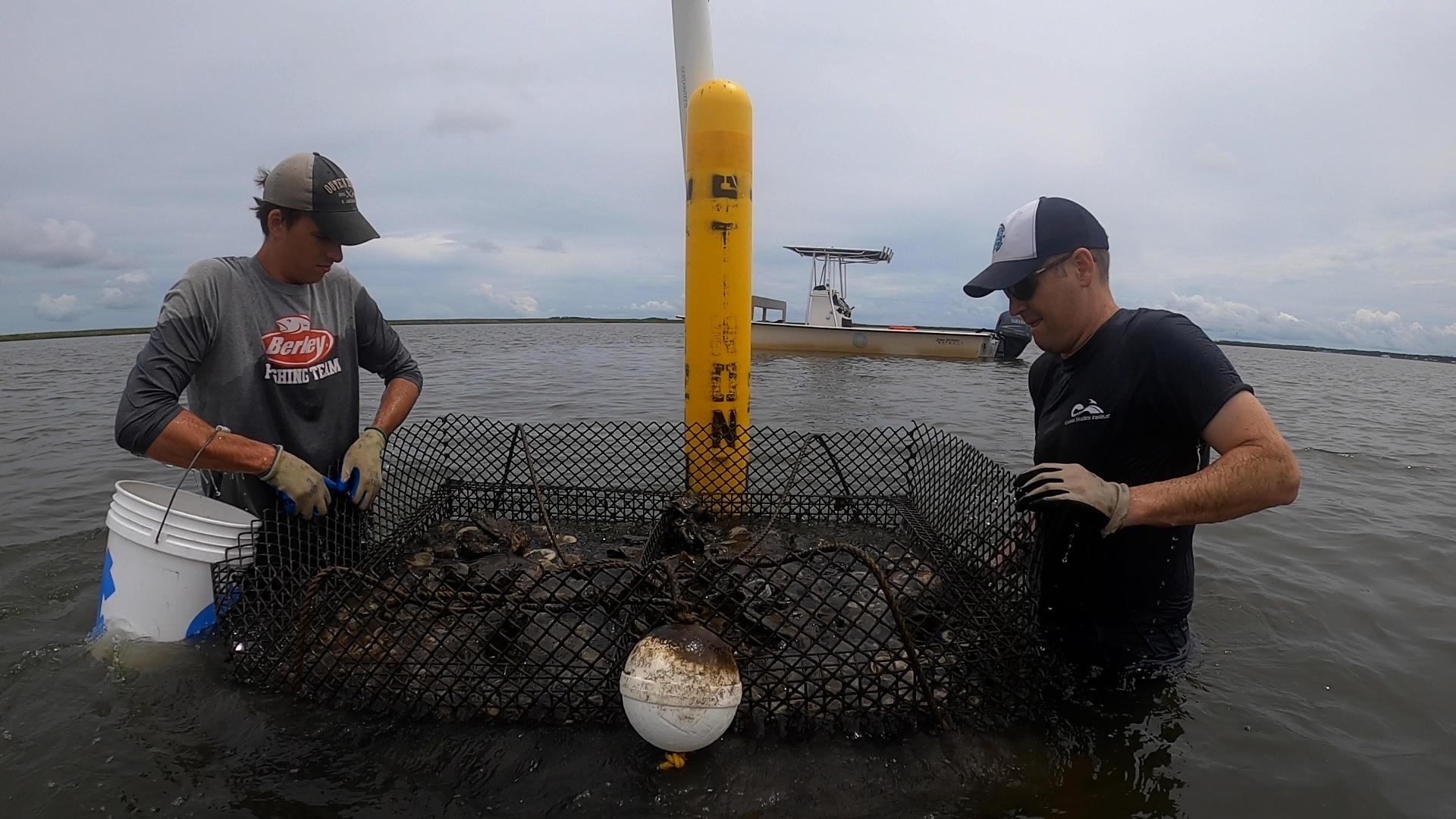Expansion for Artificial Reef in the Cape Fear River


Building an artificial oyster reef in North Carolina’s Lower Cape Fear River raised questions when work began in 2017. Would it grow the oyster population? Would it survive hurricanes? That’s part of the reason the original reef only covered about one acre of the river bottom. Scientists wanted to see if the plan would work.
Eight years later, those doubts have washed away. That’s why the North Carolina Coastal Federation and the North Carolina Division of Marine Fisheries (DMF) have added four additional acres to the existing oyster and recreational fishing inshore reef. The structure sits near the banks of Carolina Beach State Park.
“This reef site is somewhat unique in its proximity to shore, making it readily accessible to shore-based anglers or kayakers,” Jordan Byrum, enhancement project manager for the DMF, told Coastal Review. “The materials placed at the site in 2017 have withstood several hurricanes and continue to support oyster populations and provide fishing opportunities during high tide. We expect this site will remain productive for anglers visiting Carolina Beach State Park,”
Most artificial reef projects use concrete debris from construction or demolition sites to build the underwater structures. The concrete is hauled to the site on barges. Front loaders on the barges scoop up the concrete and dump it overboard.
Because of its location in the Cape Fear River, this project is a bit different. The DMF used high-pressure water hoses attached to barges to dump 2,100 tons of recycled crushed concrete into the project area. Each concrete piece is about the size of a baseball, which allows a reef of varying sizes to be built. The highest points are only about one foot tall.
The Cape Fear River used to be lined with extensive oyster reefs, but scientists say pollution, overfishing, sedimentation, deepening of the river and disease severely reduced the population. However, studies show the river still has a high volume of floating oyster larvae, and it’s hoped the expanded reef will serve as a base for the larvae to attach and grow.
The reef expansion isn’t the only river enhancement work to be done.
Work crews will also restore 10 acres of wetlands in the park and install about 2,000 feet of living shorelines along the park’s river boundary, including salt marsh habitats and oyster reef sills. Those sills are essentially low-elevation reefs made up of oyster shells, which will help protect the shoreline and provide habitats for aquatic species.
The reef is part of the Oyster Pathway, which the Coastal Federation hopes to extend downriver to Bald Head Island. The path would connect the natural reefs in the waterway with reefs built by the Coastal Federation, Audubon North Carolina, UNC Wilmington and the Bald Head Island Conservancy.
The DMF launched its artificial reef program in the 1970s. It now has a total of 68 permitted artificial reefs and oyster sanctuaries in the state.
Watch Sci NC to learn more about the artificial reef program and NC's oysters.
Swan Island is NC’s largest oyster reef restoration project.


